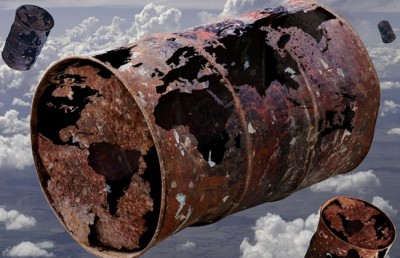
Lots of people have contacted us this week asking about the best way to support Syrian refugees. We believe that these refugees are the best people to answer that question and we are working on a campaign to elevate their demands. Ahead of that we wanted to share some thoughts based on our experience.
In Syria, we have heard it time and time again, and unequivocally. To end the conflict, to defeat ISIS, and to return to their homes, Syrians are calling for a no-fly zone.
Since the picture of Aylan hit headlines across the world, six children have been killed in Syria every day – the majority from barrel bombs and missiles from Syrian regime aircraft. The Syrian Network for Human Rights documented the deaths of 3,332 children between January 2015 and June 2015. On average, that is six children killed a day this year.

But their bloodied and blown apart corpses don’t make the front page of any newspaper. None of the other 10,000 children killed in the fighting have. What broke my heart this week was a cartoon by Neda Kadri, a Syrian artist, that pictured Aylan in heaven being welcomed by children: “you are so lucky Aylan! We’re victims of the same war but no one cared about our death”. In the light of such massacres, the focus of European politicians on whether or not to accept a few thousand more people feels somewhat absurd.
The war in Syria has killed more than 300,000 people and displaced 12 million, forcing more than four million to flee the country. The UN called it “the greatest humanitarian crisis of our era.”
But what is happening in Syria is also a crisis of politics and humanity. Syria is not an earthquake or a natural disaster; these crimes have agents and perpetrators, none greater than the Syrian regime, which is responsible for over 85% of civilian deaths.
Since 2012 the Syrian regime has waged an aerial war against Syrian civilians as a form of collective punishment for daring to ask for the freedom and democracy that people in Europe and America enjoy. As the UN has said, most of the killing of civilians today comes from the regime’s “indiscriminate aerial weapons”.
The weapons of choice are most often the barrel bombs – old rusty drums or containers filled with high explosive, nails, shards and more and which are dropped out of helicopters kilometres up in the sky. They accelerate down on markets, hospitals, schools and mosques. They kill civilians and shatter communities who want no part in the violence.
The fear of these bombs drives mass displacement – 500,000 people fled Aleppo as a result of the aerial campaign in four months alone. Aylan’s family was one of those that fled Aleppo due to the aerial attacks. If the international community continues to allow these attacks, there is every indication that the Assad regime will bomb the remaining civilians not under its control out of Syria.
Every barrel bomb dropped deepens the cycle of violence and extremism. The longer Syrians are left alone to face barrel bombs and chemical attacks the harder it is for moderate and peaceful voices to be heard. Left unchecked these barrel bombs will continue to strengthen ISIS and attract more foreign fighters to Syria. That crisis too will explode onto mainland Europe with more terror attacks.
In February 2014, the UN Security Council in a rare moment of consensus banned the use of barrel bombs, but since then the attacks have only increased.
The Syrian regime has repeatedly ignored UN resolutions, and the strong statements and hand wringing from the international community have done nothing to stop the killing. The level of impunity Bashar Al-Assad’s regime and militant insurgent groups was demonstrated three weeks ago when air force jets fired missiles into a vegetable market in Douma, killing at least 110 civilians. The attack happened just seven miles from Damascus where the regime was meeting the UN’s Emergency Relief Coordinator.
The international community can end these attacks. A Bosnia-style no-fly zone could be put in place to stop the Syrian regime’s air force from bombing its own people. A no-fly zone does not need to be a major military undertaking. The 67+ country US-led anti-Isis coalition is already flying in areas where the barrel bombs are being dropped.
Right now, too often in the UK, US and elsewhere people who should care about Syria react against a no-fly zone, saying we can’t have any more military interventions. Such a response ignores that fact that the West has already intervened with anti-ISIS strikes.
Now we’re asking for the use of force to protect Syrians, not just international security concerns. Second, true solidarity comes from listening to, and rooting your demands in, what Syrians want. So we ask people around the world to listen to the Syrians on the ground dealing with barrel bombs who are leading the call for a no-fly zone – Syrian heroes like the White Helmets, the medical workers and Planet Syria non-violent activists.
Syrians don’t want to be resettled in distant lands or rely on ever-dwindling aid packages. They want what everyone wants — to live in their own homes in safety and with dignity. A no-fly zone would stop more people fleeing, allow millions to return home and help civil society flourish. Furthermore it would help create the conditions for real, internationally backed talks.
Whilst European politicians continue to fight over a few thousand refugee places without addressing the root of the crisis in Syria, we will see more and more children washed up on European shores and tens of thousands more children being massacred in Syria. We must all call on our governments to support a no-fly zone.

